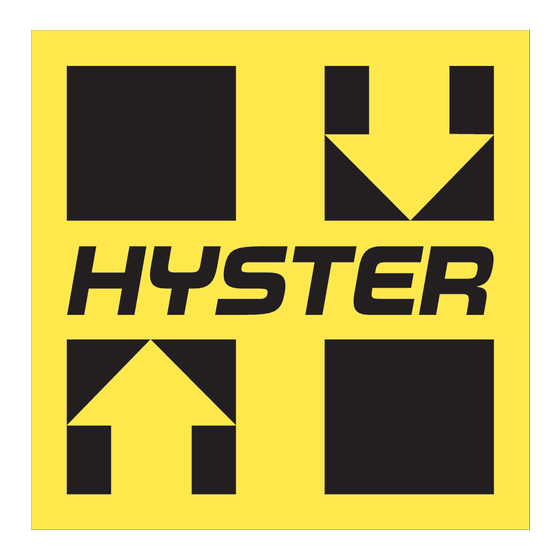
Advertisement
Advertisement
Table of Contents

Summarization of Contents
DC Motor Fundamentals
Principles of Magnetism
Explains magnetic fields, poles, attraction/repulsion, and material properties.
Electromagnetic Fields
Describes magnetic fields generated by electric currents in conductors.
Electromagnets and Induction
Electromagnets Explained
Details how coils create concentrated magnetic fields.
Electromagnetic Induction Principle
Explains inducing voltage via changing magnetic fields.
Magnetic Forces in Motors
Force on Current-Carrying Conductor
Explains how magnetic fields exert force on current-carrying conductors.
Magnetic Force Generating Rotation
How magnetic forces create rotational motion in DC motors.
Motor Operation Mechanics
Armature and Field Interaction
Details the interaction between armature and field to produce rotation.
DC Motor Performance Parameters
Commutation Principle
Reversing armature current for continuous motor rotation.
Motor Rotation Direction
Factors controlling motor rotation direction and reversal methods.
Motor Speed Factors
How applied voltage and load affect motor speed.
Motor Torque and EMF
Understanding Motor Torque
Torque generation based on current draw and load.
Counter Electromotive Force
Induced voltage opposing applied voltage, limiting current.
Typical Motor Components
Typical Motor Construction
Outlines the main components of a standard DC motor.
Types of DC Motors
Permanent-Magnet Motors
Motors utilizing permanent magnets for field generation.
Series Wound Motors
Field coils in series with armature, known for high starting torque.
Types of DC Motors (Continued)
Parallel or Shunt Wound Motors
Current divides between armature and field windings, good speed stability.
Compound Wound Motors
Combines series and shunt characteristics for balanced performance.
Motor Maintenance and Handling
Insulation Class and Limits
Insulation ratings (Class H) and temperature limits for motor windings.
Motor Storage Guidelines
Guidelines for storing motors to prevent damage and corrosion.
Safe Motor Handling
Safe procedures for lifting and handling heavy motors.
Motor Break-in and Cleaning
Initial Motor Break-in Procedure
Critical procedures for initial commutator and brush wear-in.
Motor Cleaning Procedures
Methods for cleaning motor exterior, dust, and interior components.
Bearings and Brush Systems
Bearing, Seal, Lubrication
Maintenance of bearings, seals, and proper lubrication practices.
Brush Assembly Details
Description of brush assembly components and their function.
Armature and Commutator Systems
Armature Assembly Description
Details of the armature assembly, including windings and commutator.
Commutator Functionality
Explains the commutator's construction and role as a reversing switch.
Commutator Surface Integrity
Satisfactory Commutator Surface
Characteristics of a properly functioning commutator surface film.
Commutator Surface Wear Analysis
Streaking and Threading Identification
Identifying streaking and threading as signs of commutator damage.
Commutator Groove Wear
Grooving on Commutator Surface
Causes and implications of grooved commutator surfaces.
Commutator Problem Diagnosis
Grooves Matching Brush Width
Grooves matching brush width and their potential causes.
Copper Drag on Surface
Copper transfer to commutator slots and associated risks.
Copper Drag and Overheating Issues
Common Causes of Copper Drag
Lists common causes for copper drag on commutator surfaces.
Motor Overheating Causes and Effects
Discusses causes, detrimental effects, and temperature limits of overheating.
Advanced Commutator Problems
Flashover and Bar Burning
Burning of commutator bars due to flashover, winding issues, or stalling.
Stalling Causes High Commutator Bars
How motor stalling leads to high commutator bars and brush damage.












Need help?
Do you have a question about the A1.50XL and is the answer not in the manual?
Questions and answers